Is Soil Doctor Pulverized Garden Lime Dolomitic
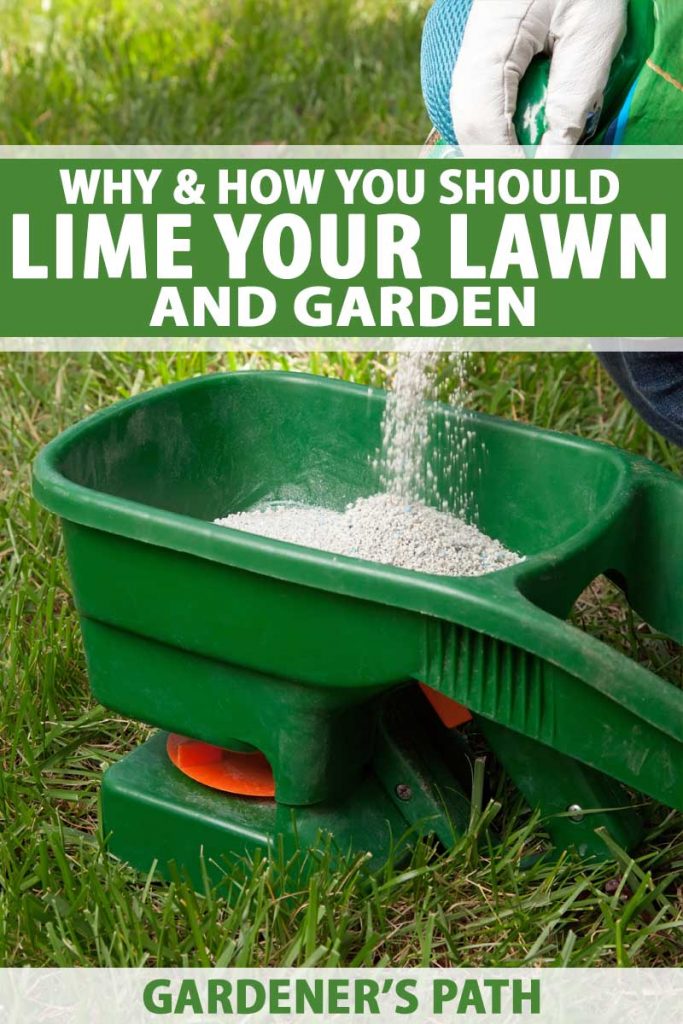
Agricultural lime is a conditioning agent that many folks apply to their lawns, vegetable gardens, flower beds, and pastures. If you're not sure whether it's right for you, read on!
Is your grass lush, like a thick green carpet, or is it marred by bare patches and weeds? Do you have problems growing basic leaf lettuce in your veggie patch?
One reason your lawn or vegetable garden may be in distress is that the dirt is too acidic, and this is where we'll begin our discussion of lime.
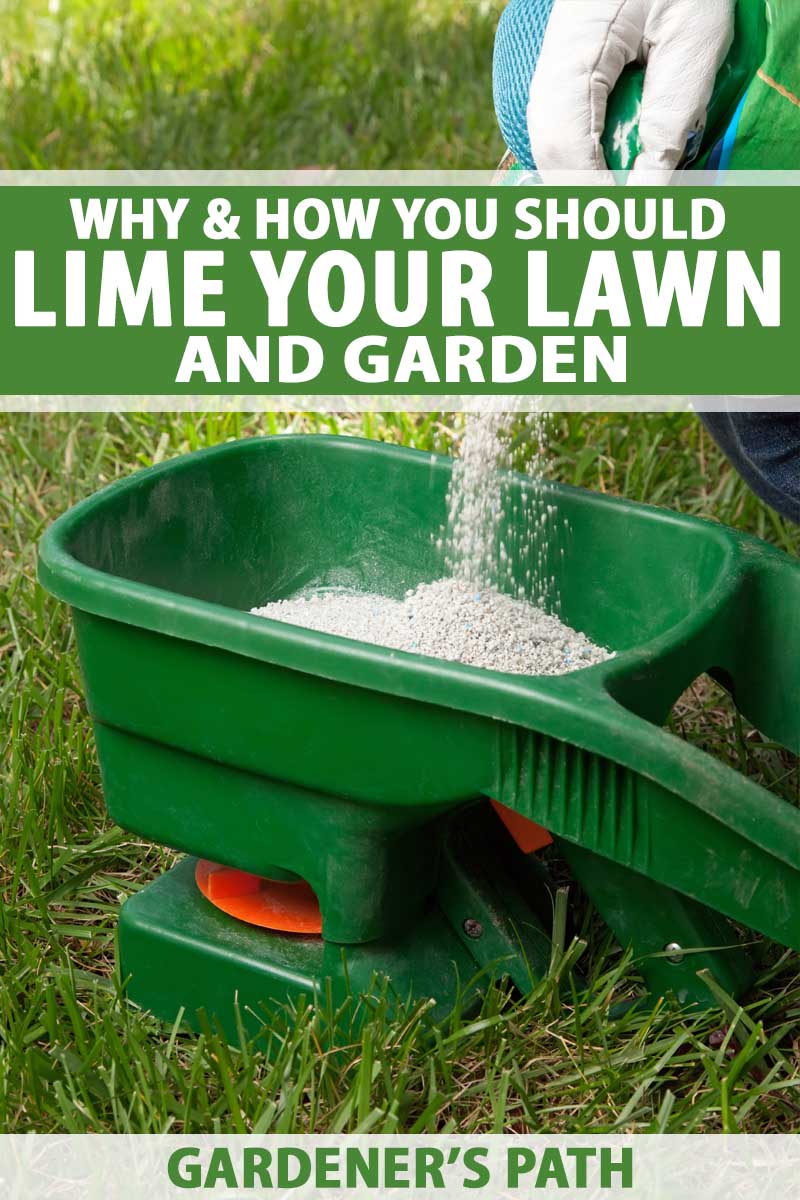
We link to vendors to help you find relevant products. If you buy from one of our links, we may earn a commission .
Here's the lineup:
All About Lime for Your Yard and Garden
- A Little Chemistry
- Nutrient Content
- Rainfall
- Fertilizer
- Soil Type
- Reducing Acidity
- Buying and Applying
- Drawing Conclusions
- The Bottom Line
A Little Chemistry
The pH of soil is a measure of the concentration of hydrogen ions in a mixture of dirt plus distilled water. Knowing this establishes whether we have acidic or alkaline soil. Neutral is 7.0.
Numbers below 7.0 represent acidity, and those above signify alkalinity. Different plants prefer different pH levels. The ideal for most turf grass is about 6.0 to 7.0.
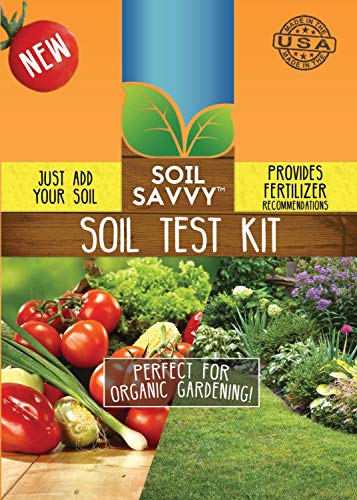
Soil Savvy Test Kit via Amazon
To determine the pH of earth in your garden, use a product like the Soil Savvy Test Kit available on Amazon, or contact your nearest agricultural extension service for a kit.
Testing reveals not only the pH level, but nutrient deficiencies and excesses as well. Plants like grass require nutrients that are water soluble, so roots can take them up for healthy growth. A pH or nutrient imbalance inhibits this process.
We have a comprehensive guide on soil testing here on Gardener's Path.
A variety of factors influence pH in the earth of your lawn or garden, including nutrient content, rainfall, fertilizer use, and soil type. Let's talk about each.
Nutrient Content
To understand soil nutrients better, I consulted a paper titled Nutrient Deficiency Symptoms by horticulturist Barbara Bromley of the Master Gardeners of Mercer County, an arm of the Rutgers Cooperative Extension in New Jersey.
Soil contains primary macronutrients including nitrogen, phosphorus, and potassium; secondary macronutrients calcium, magnesium, and sulfur; and micronutrients manganese, iron, boron, molybdenum, zinc, and copper.
In dirt with acidity above pH 6.5, there may be deficiencies in nitrogen, phosphorus, potassium, magnesium, or molybdenum. In addition, nutrients like aluminum, iron, and magnesium may become toxic in the presence of excess acidity.
The implications of such deficiencies include things like yellowing from decreased chlorophyll, withering of leaf blades, poor winter tolerance, slow-knitting sod, poor growth, reddish leaf tips, low resistance to disease, and reduction in turf density.
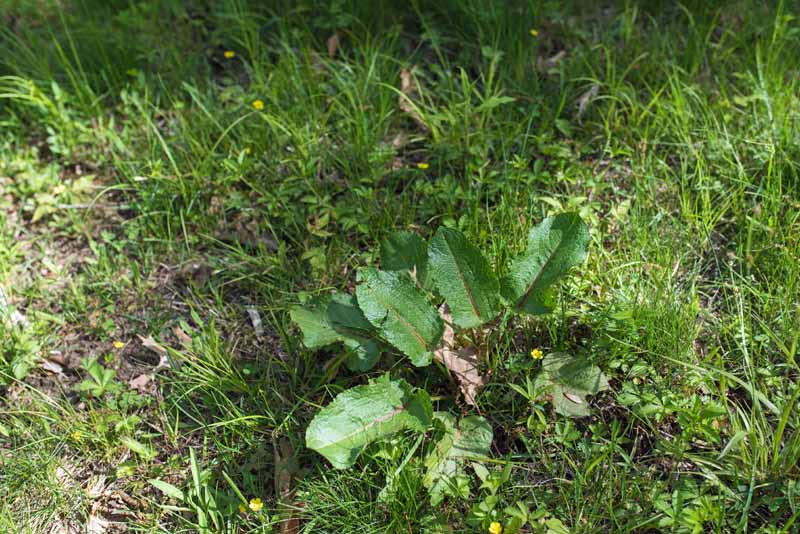
There are numerous natural and chemical applications available to remedy nutrient deficiencies determined by soil testing. For example, bone meal boosts calcium and phosphorus.
A note of interest: Nitrogen is so changeable that home test kits generally don't measure it. You can inhibit nitrogen deficiency by mowing regularly and letting the grass clippings stay where they fall. They also contribute calcium and magnesium to soil.
Rainfall
If you live on the East Coast like I do, there's enough rainfall to cause alkaline nutrients to leach out of the dirt, thereby increasing its acidity. As you travel west, dirt tends to be more alkaline.
Fertilizer
If you fertilize regularly, or your grass absorbs runoff from neighboring properties, ammonium and/or an overabundance of nutrients like nitrogen and phosphorus may increase acidity.
Soil Type
Soil has a quality known asbuffering capacity, aka reserve acidity, that is greatest in the presence of clay and rich organic matter. Dirt that can buffer changes in pH is less likely to become too acidic or alkaline. If yours is sandy, it may not be able to buffer properly to avoid becoming acidic. Read more about understanding the kind of dirt that you may have in your plot.
Reducing Acidity
Neutralizing acidic soil helps to ensure efficient nutrient uptake so grass is healthy and attractive. It also has a positive effect on soil structure, creating more airspace in clay dirt and compacting sandy soil for better airflow and moisture retention. This process is called flocculation.
You may "sweeten" acidic soil with two types of agricultural limestone:
Calcitic lime (calcium carbonate) comes from limestone, chalk, or marlstone.
Dolomitic lime (calcium magnesium carbonate) is comprised of the mineral dolomite.
If your dirt is acidic, and the nutrient content is adequate, the calcitic type is the better choice. Conversely, if your dirt is acidic and lacks magnesium, dolomitic lime is the more suitable option.
Both types of agricultural lime contain traces of additional elements, and it's the amount of pure calcium carbonate that distinguishes the best products. The calcium carbonate equivalent, or CCE, is factored into calculations to establish the recommended number of pounds per acre. Lime is also judged by its fineness, as measured by the ability to pass through mesh sieves of different sizes.
Other categories for ranking include effective neutralizing material, ENM, and effective liming material, ELM, but they are beyond the scope of this article. Knowing the basics will help you select quality products.
Buying and Applying
If testing indicates the need for either calcitic or dolomitic lime, you may like the following products.
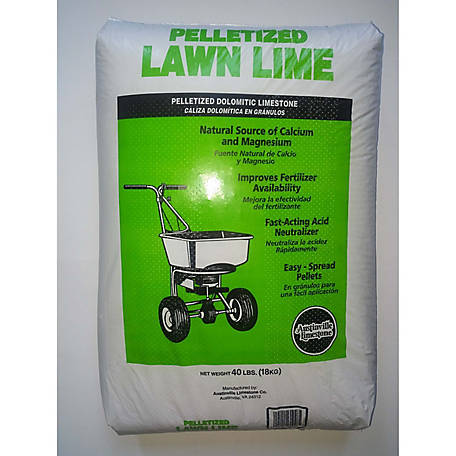
Pelletized Dolomitic Limestone via TSC
Pelletized dolomitic limestone is available from Tractor Supply Company. Pulverized and bound into pellets, this product generates less dust than non-pelletized types. Apply it easily with a broadcast spreader. Packages contain 40 pounds, enough to spread over 1,000 square feet.
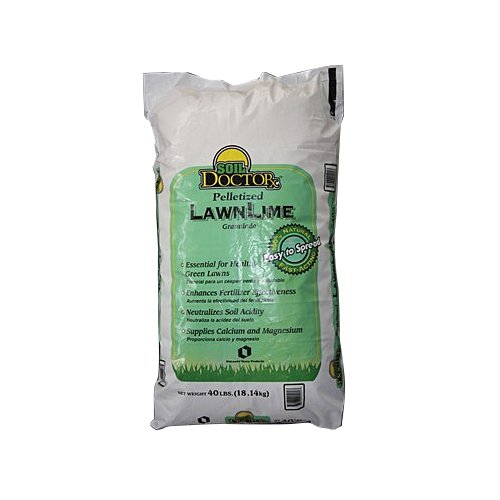
Soil Doctor 54050860 Pelletized Calcitic Limestone via Amazon
Pelletized calcitic limestone by Oldcastle is available from Amazon in 40-pound bags, for 1,000 square feet of application with a broadcast spreader.
The Scotts Turf Builder Classic Drop Spreader is available from Amazon. With an ample hopper and heavy-duty frame, this multi-purpose spreader adjusts as needed to apply lime, feed, or seed.
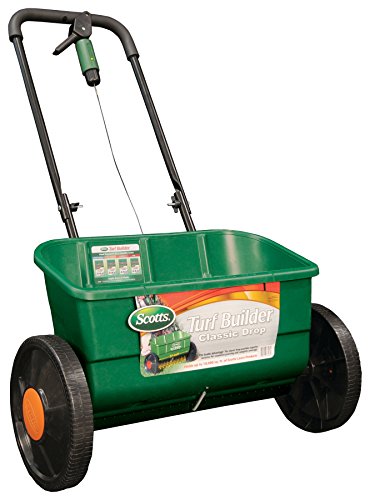
Scotts Turf Builder Classic Drop Spreader
I recommend pellets, but there are also pulverized products available that have not been bound into pellets. The choice is up to you.
Pellets tend to be pricier, and they are made with a binding agent that must break down before the lime can work its way into the earth. The plain pulverized version is generally cheaper and breaks down faster. However, it is such a fine powder that the slightest breeze makes it airborne and poses an inhalation risk.
Be sure to read package labels before purchasing lime products. Don't confuse calcitic and dolomitic agricultural limestone with non-agricultural quick lime (calcium oxide), and slaked/hydrated lime (calcium hydroxide), which are used in a variety of applications from cooking and papermaking to construction and water treatment.
You may also come across liquid lime (chelated calcium) for spraying directly onto the foliage of calcium-deficient plants.
Fall is a good time to apply lime to your lawn or vegetable garden, so it has a chance to work into the dirt before the next growing season. A reduction in acidity may take place in the first year, or over several years, depending upon your lawn's unique conditions. Once the acidity is reduced, nutrient uptake will improve, and so should the appearance of your lawn.
If your lawn doesn't improve, test the dirt again. Sometimes we give our grass too much love and end up at the opposite end of the pH spectrum with too much alkalinity, iron issues, and poor nutrient uptake.
Drawing Conclusions
Liming was a tradition at my dad's house, so when caring for the lawn became my job, I intended to do the same – that is, until I learned it's not a one-size-fits-all application.
Back in the day, Dad evaluated ours by considering where we lived and what grew there. The yard was full of acid-lovers including boxwood, cypress, hemlock, and rhododendron shrubs, as well as some weedy crabgrass, dandelion, plantain, and sorrel. As it turns out, his pH assessment was an accurate one.
The Bottom Line
To summarize, liming isn't a fall task that all homeowners with lawns should routinely perform.
If your lawn is beautiful, do not add lime. Grass that responds well to good care requires neither acid reduction, nor the addition of calcium or magnesium. Tampering with soil pH and nutrients may ruin a healthy lawn and take years to remediate.
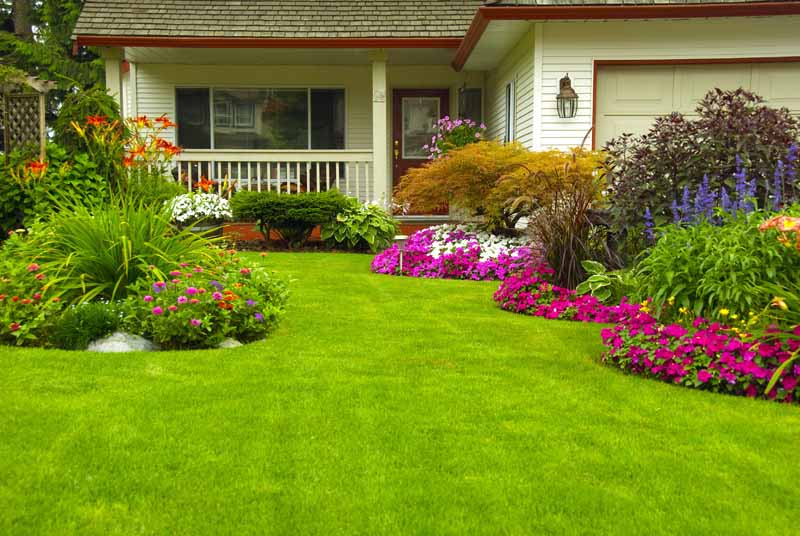
A lawn that is patchy, yellow/brown/dead, weedy, mossy, shallow-rooted, or all of the above may or may not need lime. Only a soil test will tell.
Tell us about your lawn in the comments section below. Have you done pH and nutrient testing? What were the results and recommendations for improvement?
If you've enjoyed this article, see these guides for more information on lawns and grass:
- 11 Winter Lawn Care Essentials
- How to Repair a Bald Spot in Your Lawn
- Tasty Turf: Tips for Using Culinary Herbs as Ground Cover
© Ask the Experts, LLC. ALL RIGHTS RESERVED. See our TOS for more details. Originally published February 3, 2019. [lastupdated]. Product photos via Soil Savvy, Tractor Supply Company, Soil Doctor, and Scotts. Uncredited photos via Shutterstock.

About Nan Schiller
Nan Schiller is a writer with deep roots in the soil of southeastern Pennsylvania. Her background includes landscape and floral design, a BS in business from Villanova University, and a Certificate of Merit in floral design from Longwood Gardens. An advocate of organic gardening with native plants, she's always got dirt under her nails and freckles on her nose. With wit and hopefully some wisdom, she shares what she's learned and is always ready to dig into a new project!
Is Soil Doctor Pulverized Garden Lime Dolomitic
Source: https://gardenerspath.com/how-to/lawns-and-grass/lime/
Posted by: coleywhely1977.blogspot.com

0 Response to "Is Soil Doctor Pulverized Garden Lime Dolomitic"
Post a Comment